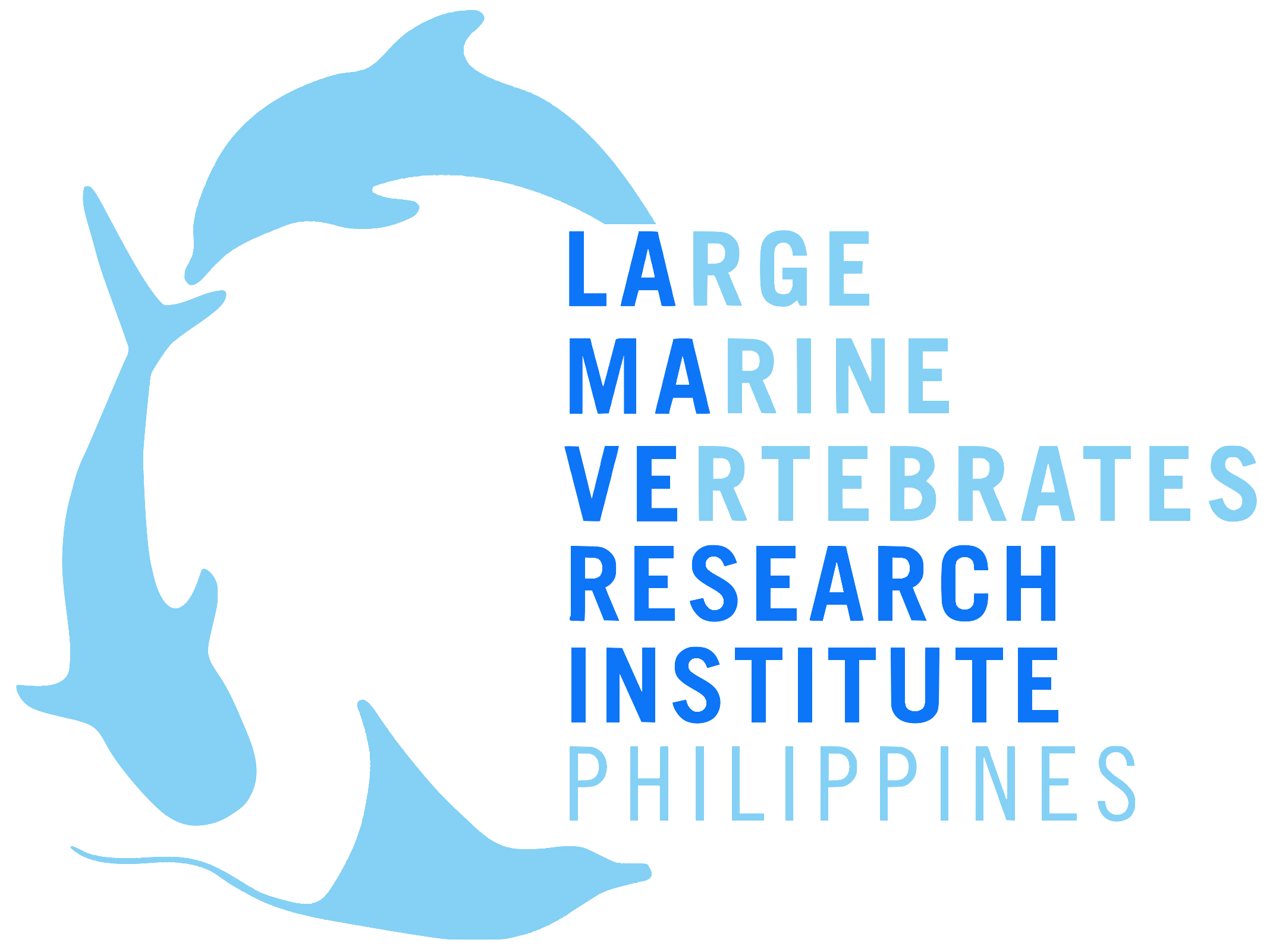NEWS
Kitakits Gonzo
The last two years brought about many changes at LAMAVE but one significant one was the departure of Gonzalo Araujo who stepped down from his role with LAMAVE in October 2020.
Gonzo first joined the LAMAVE team in 2012, initially as a Project Leader for LAMAVE’s Cebu whale shark research project before becoming more invested in the leadership of the NGO. Over the years he has helped shape LAMAVE into what it is today and contributed greatly to our scientific work. He was the lead author of LAMAVE’s first published scientific paper back in 2014 and later went on to write several more for the NGO, in addition to supporting publications led by other members of the team. He supervised our whale shark research and we know he will be missed by stakeholders across our sites in Southern Leyte, Donsol, Oslob and Palawan.
It may be the end of an era, but the team wish him the best for his next chapter, pursuing conservation efforts from the UK under his new organisation. To celebrate our time together, we take a look back over the years and share some memories from the archive.
2012
The start of a long-term relationship with the world’s largest fish, the mysterious Butanding (whale shark). Our early research focused on collecting photo-identification data to describe whale shark populations in the Philippines. Over the years, the team have identified more than 1000 individual whale sharks across the country and helped recognise the Philippines as a global whale shark hotspot.
Collecting photo-identification of a whale shark in Philippine waters. ©Steve De Neef|LAMAVE
2013
LAMAVE’s first full season in Southern Leyte. Left: Gonzo presenting as part of the team, to members of KASAKA including Ery, Ernesto and Raul. KASAKA is a people's organisation from Pintuyan that conduct whale shark tourism in the bay and are one of our longest stakeholder communities. Right: Early days - Directors Jess, Ale, Gonzo and Sally with Zerlina Leung, the founder of Conservation Sewmates.
Presenting information on the ecology of whale sharks to stakeholders in Pintutyan, Southern Leyte. ©Sally Snow|LAMAVE
2014 - 2015
Tracking whale sharks across the nation. Left: Preparing satellite tags for deployment on whale sharks to track their movements. Right: One of LAMAVE’s most iconic images, taken by photographer Steve De Neef. Gonzo looks on in awe after tagging the first whale shark in Tubbataha Reefs Natural Park with our partners at Tubbataha Management Office and Marine Megafauna Foundation. In case that was not enough, the shark was also surrounded by a school of barracuda! Data from the tag showed the shark moving across the Sulu Sea, and was one of a number of whale sharks tracked across the country confirming that the Philippines is an important site for these animals for extended periods of time.
Preparing and deploying satellite tags on whale sharks as part of a collaborative tagging study. ©Diana Scalfati|LAMAVE and ©Steve De Neef|LAMAVE.
2016
One man and his boat. Left: Work-life balance - Gonzo paddling his baroto in Son-ok bay, Southern Leyte - a field site that has always been his home away from home. Right: A message from the campaign Their Future Our Future, championing sustainable marine wildlife tourism in the Philippines and in support of the Joint Memorandum Circular to standardise marine wildlife tourism guidelines nationwide.
Paddling at sunset in Son-ok Bay, Pintuyan, Southern Leyte. ©Sally Snow|LAMAVE
2017
Encountering the rare and endangered. Left: Cracking jokes during a surface interval in Cagayancillo whilst on an expedition with WWF-Philippines. Earlier in the expedition, the team encountered an ornate eagle ray - the first live sighting of the species in the Philippines and resulting in the expansion of its then known range.
Researchers from WWF-Philippines and LAMAVE enjoying a surface interval in Cagayancillo. The adult female ornate eagle ray encountered by the team. ©Sally Snow|LAMAVE
2017
Protecting the whale shark internationally. Supporting the Government of the Philippines at the Twelfth Session of the Conference of the Parties to the Convention on the Conservation of Migratory Species of Wild Animals (CMS COP12) being held in Manila, Philippines.
With friends and collaborators including AA Yaptinchay from Marine Wildlife Watch of the Philippines, Antoinette Taus, Mayor of Donsol Josephine Cruz, Vince Cinches, and Anna Oposa from Save Philippine Seas. ©Sally Snow|LAMAVE
2019
Changing acoustic receivers and downloading the data during #ExpeditionShark5 with our partners in Tubbataha Reefs Natural Park. Acoustic receivers are waterproof listening devices that pick up and record individual signals from tagged sharks within an 800-meter range. A total of seven receivers have been positioned underwater across the park as part of the Open Telemetry Network. The interaction between the tags and the receivers allows researchers to study the habitat use and movement patterns of grey reef and tiger sharks within the Natural Park.
Changing acoustic receivers in Tubbataha Reefs Natural Park to support the Open Telemetry Network Project led by Dr Alessandro Ponzo.
Thank you for the hard work, dedication and passion. Good luck with your new ventures with Marine Research and Conservation Foundation.
A new chapter
Leading LAMAVE’s whale shark work is Ariana Agustines who has led LAMAVEs whale shark research in Southern Leyte and Palawan for the past few years. Ari who is a National Geographic Explorer is also involved with LAMAVE Shark and Ray work. A scientist that is community-focused, her current work explores the relationship between whale sharks and local communities and challenges the conflicting view of protecting either wildlife or livelihoods and seeks a combination of both.
Get to know Ari and her passion in this 30-minute interview by GRID.







